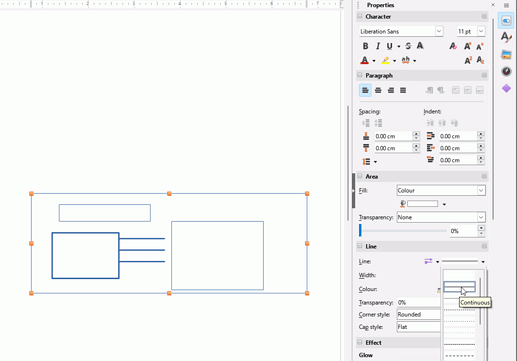I don’t think anybody at TDF has illusions to “rule the world” aka pushing M$-Office aside - especially without the power of money… Some of “us” simply think it is important to have choice.
.
There are several levels: One may use LibreOffice for new projects and take the migration as a good point to re-think organisation and create new templates, carefully using parts of older documents.
.
You can test, what is convertable/ usable. Check first what “standard” your documents are saved in, as most documents I see do not comply to the published standard, but use extended versions. Always expect problems, especially concerning internal structures. A lot of people don’t care, as direct formatting is all they know and don’t see anything beyond “what you see is all you get”.
.
Not recommended but often used is the method to work directly with docx/xlsx, wich results in a translation on every load and save.
People don’t like to to click on “I know what I’m doing” every minute. And some just wish to have their old stuff readable, may be printable. So why should one prevent this, because you can’t edit the group. (Sometimes I think the most valuable possibility in LibreOffice for M$-users seems to be conversion to PDF on the command-line.)

